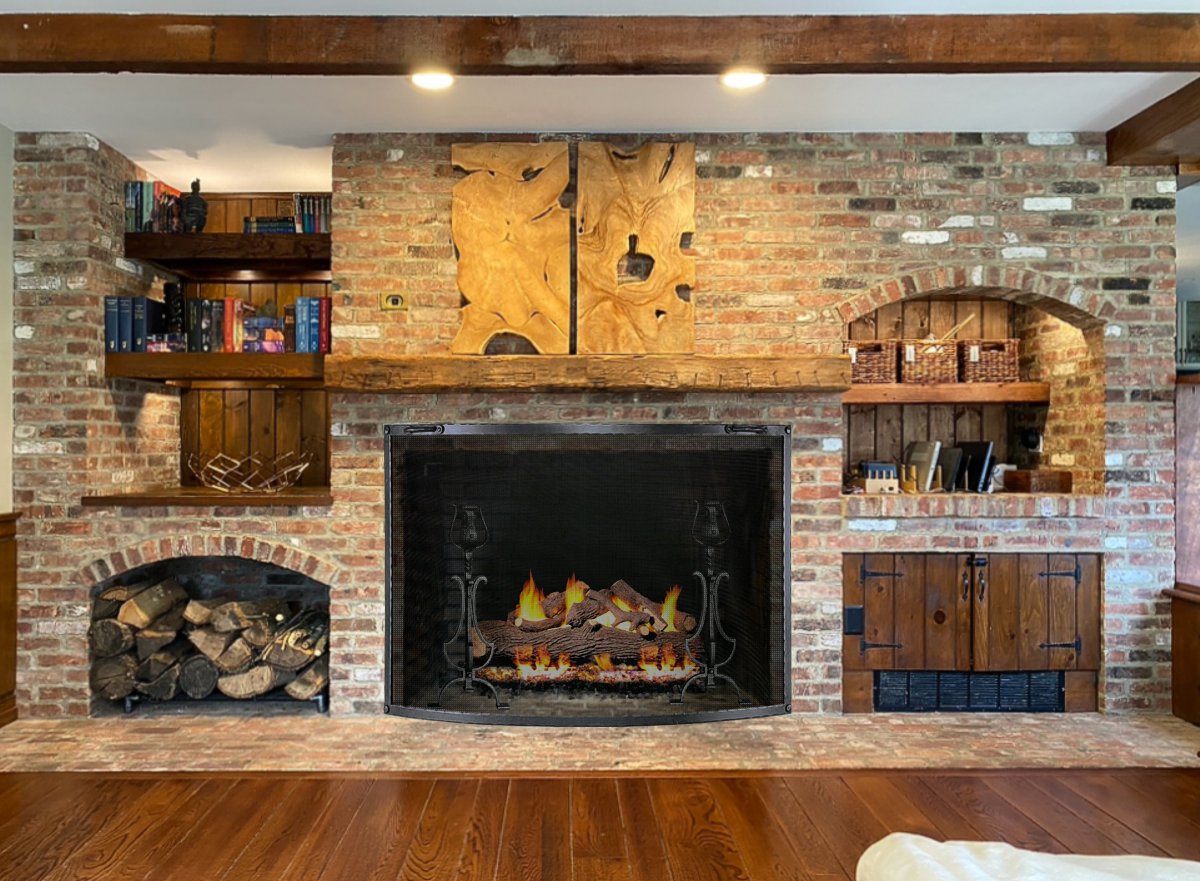

Articles
How To Turn Off The Gas To Fireplace
Modified: December 7, 2023
Learn how to turn off the gas to your fireplace with our comprehensive articles. Safely control the gas supply for maintenance or emergencies.
(Many of the links in this article redirect to a specific reviewed product. Your purchase of these products through affiliate links helps to generate commission for Storables.com, at no extra cost. Learn more)
Introduction:
Welcome to this comprehensive guide on how to turn off the gas to a fireplace. Whether you are planning to perform some maintenance or simply want to ensure the safety of your home, it is essential to know how to properly shut off the gas supply to your fireplace. This knowledge can come in handy during emergencies or when you need to temporarily stop the flow of gas.
Before we dive into the step-by-step process, it is important to emphasize the importance of safety. Gas can be extremely dangerous if mishandled, so always exercise caution while working with gas lines. If you are unsure about any part of the process or if you suspect a gas leak, it is best to contact a professional for assistance.
Now, let’s get started on the steps you need to follow in order to turn off the gas to your fireplace.
Key Takeaways:
- Ensure safety by gathering necessary materials, locating the gas and shut-off valves, and turning off the gas supply. Double-check for leaks and secure the gas valve to prevent accidents.
- Prioritize safety and peace of mind by following the step-by-step process to safely turn off the gas supply to your fireplace. Always exercise caution and seek professional assistance if needed.
Read more: How To Turn On Fireplace Gas
Step 1: Gather the necessary materials:
Before you begin the process of turning off the gas to your fireplace, you will need to gather a few essential materials. Having these items on hand will ensure a smooth and efficient process.
1. Safety gear: It is crucial to prioritize safety when working with gas. Make sure you have safety goggles, gloves, and a mask to protect yourself from any potential hazards.
2. Flashlight: Since the gas valve and shut-off valve may be located in dark areas, having a flashlight will help you see clearly.
3. Adjustable wrench or pliers: This tool will be needed to turn off the gas valve. Make sure you have a wrench or pliers that can fit securely around the valve.
4. Gas leak detector solution or soapy water: To detect any gas leaks, you will need either a gas leak detector solution or a mixture of soapy water.
5. Notepad and pen: It’s always a good idea to have a notepad and pen handy to take notes or record any important information during the process.
By gathering these materials beforehand, you will be fully prepared to proceed with turning off the gas to your fireplace safely and efficiently.
Step 2: Locate the gas valve:
After gathering the necessary materials, the next step is to locate the gas valve. The gas valve is the main control for the flow of gas to your fireplace. Finding the gas valve is crucial in order to turn off the gas supply.
The location of the gas valve can vary depending on the type of fireplace you have. Here are some common places to look:
- Gas fireplace with a control panel: For fireplaces with a control panel, the gas valve is typically located behind the panel. Look for a small metal plate with knobs or switches that control the gas flow. The gas valve should be located near these controls.
- Gas fireplace with a pilot light: If your fireplace has a pilot light, the gas valve is usually located near the bottom of the fireplace. Look for a small metal box with a knob or lever. The gas valve should be inside this box.
- Gas fireplace with a gas line: In some cases, the gas valve may be located along the gas line that connects to the fireplace. Trace the gas line starting from the fireplace and look for a valve along the way.
Once you have located the gas valve, it is important to familiarize yourself with its appearance and functionality. Take a moment to observe the valve and make note of any labels or markings. This will help you identify the shut-off valve more easily in the next step.
Remember, if you are unsure about the location of the gas valve or if you are unable to locate it, it is best to consult the owner’s manual or contact a professional for guidance.
Step 3: Identify the shut-off valve:
Once you have located the gas valve, the next step is to identify the shut-off valve. The shut-off valve is what controls the flow of gas into your fireplace and turning it off will effectively stop the gas supply.
The shut-off valve is usually located near the gas meter or where the gas line enters your home. It may be in a visible and easily accessible location or hidden behind a panel or in a utility room. Here are some common places to look:
- Basement or Utility room: Check these areas for a shut-off valve, particularly if they are close to the fireplace. Look for a valve with a lever or a knob.
- Crawl space or Attic: In some cases, the shut-off valve may be located in a crawl space or attic. Use caution when accessing these areas and look for a valve along the gas line.
- Exterior wall: If your fireplace is located on an exterior wall, the shut-off valve may be outside the house. Look for a small box or meter along with the gas line.
Once you have found the shut-off valve, take a moment to ensure that you can easily access it and that it is not obstructed by any objects. It is important to be able to quickly reach the shut-off valve in case of an emergency.
If you are having trouble locating the shut-off valve or if you are uncertain about its location, it is recommended to consult a professional or contact your gas company for guidance. They can provide you with the exact location and any specific instructions.
Locate the gas shut-off valve near the fireplace. Turn the valve clockwise to shut off the gas supply. If you can’t find the valve, consult the fireplace manual or contact a professional.
Step 4: Turn off the gas supply:
Now that you have located the shut-off valve, it’s time to turn off the gas supply to your fireplace. This step is crucial in preventing any accidental gas leaks or potential hazards.
Follow these steps to turn off the gas supply:
- Locate the handle or lever: Look for a handle or lever on the shut-off valve. It is typically perpendicular to the gas line when open and parallel when closed.
- Turn off the gas: Using a wrench or pliers, slowly turn the handle or lever clockwise to close the valve. It may require a few rotations to fully close the valve. Take your time and be gentle to avoid any damage.
- Confirm the gas is off: To ensure that the gas supply has been successfully shut off, you can perform a quick test. Light a match or a lighter near the fireplace and hold it close to the burner. If the flame does not ignite, it means the gas supply has been successfully turned off.
Remember, safety is of the utmost importance when working with gas. If at any point you smell a strong odor of gas, hear hissing sounds, or suspect a gas leak, immediately leave the area and contact your gas company or emergency services. Do not attempt to turn off the gas supply if there is a leak.
By following these steps, you can effectively turn off the gas supply to your fireplace, providing peace of mind and ensuring the safety of your home.
Read more: How To Turn Off An Electric Fireplace
Step 5: Double-check the gas supply is off:
After turning off the gas supply to your fireplace, it is essential to double-check and confirm that the gas supply is indeed off. This step is crucial in ensuring safety and avoiding any potential gas leaks.
Here are a few steps to double-check the gas supply:
- Visual inspection: Take a moment to visually inspect the shut-off valve and gas line. Ensure that the handle or lever is in the closed position. If it is perpendicular to the gas line, it indicates that the gas supply has been successfully turned off.
- Listen for any sounds: Pay close attention for any hissing or sizzling sounds near the gas line or fireplace. These sounds can indicate a potential gas leak. If you hear anything unusual, contact a professional immediately.
- Use a gas leak detector solution or soapy water: Mix a solution of water and a small amount of dish soap or use a commercially available gas leak detector solution. Apply the solution to the shut-off valve and connections along the gas line. If you notice any bubbles forming, it indicates a leak, and you should take action immediately.
If you do notice any signs of a gas leak during the double-check process, it is important to follow the proper safety protocols. Leave the area immediately, avoid using any electrical appliances or open flames, and contact your gas company or emergency services for assistance.
By diligently double-checking the gas supply, you can ensure that it has been successfully turned off and minimize the risk of any potential gas leaks.
Step 6: Properly secure the gas valve:
Once you have turned off the gas supply and confirmed that it is off, the final step is to properly secure the gas valve. This step is important to prevent any accidental tampering or re-opening of the valve.
Follow these guidelines to securely lock the gas valve:
- Install a lock or cap: Consider installing a lock or cap on the gas valve to prevent unauthorized access or accidental opening. There are various lock and cap options available in the market specifically designed for gas valves. Choose a sturdy and secure option that is compatible with your gas valve.
- Label and provide clear instructions: Attach a label or sign near the gas valve indicating its purpose and the proper procedures to follow when dealing with it. Include contact information for emergency services or your gas company.
- Keep the area clear: Ensure that the area around the gas valve is clear of any obstructions. Avoid placing any objects that could accidentally damage the valve or hinder access to it.
Properly securing the gas valve is crucial to prevent any accidental or unauthorized access, ensuring the safety of your home and loved ones.
Remember, if you ever need to turn on the gas supply again, make sure to follow the appropriate steps and exercise caution. If you are uncertain about any part of the process, it is best to consult a professional or your gas company for guidance.
By following these steps and securely locking the gas valve, you can have peace of mind knowing that your fireplace is safely disconnected from the gas supply.
Conclusion:
Turning off the gas supply to your fireplace is a crucial step in ensuring the safety of your home and preventing any potential gas leaks. Knowing how to properly shut off the gas valve and secure it can save you from unnecessary risks and provide peace of mind.
In this comprehensive guide, we have covered the step-by-step process of turning off the gas to your fireplace. By following these steps and exercising caution, you can successfully turn off the gas supply and minimize any potential hazards.
Remember, safety is of the utmost importance when dealing with gas. If at any point you suspect a gas leak, smell gas, or hear unusual sounds, evacuate the area immediately and contact your gas company or emergency services.
It is recommended to consult your fireplace’s owner’s manual or seek professional assistance if you are unsure about any aspect of turning off the gas supply. Professionals have the expertise and tools to handle gas-related tasks safely and efficiently.
Lastly, regular maintenance and inspections of your fireplace and gas lines are essential to ensure their proper functioning and safety. Consider scheduling annual inspections with qualified technicians to identify any potential issues and address them promptly.
By following the steps outlined in this guide and staying vigilant, you can maintain a safe and enjoyable fireplace experience in your home. Remember to prioritize your well-being and take the necessary precautions when working with gas.
Frequently Asked Questions about How To Turn Off The Gas To Fireplace
Was this page helpful?
At Storables.com, we guarantee accurate and reliable information. Our content, validated by Expert Board Contributors, is crafted following stringent Editorial Policies. We're committed to providing you with well-researched, expert-backed insights for all your informational needs.
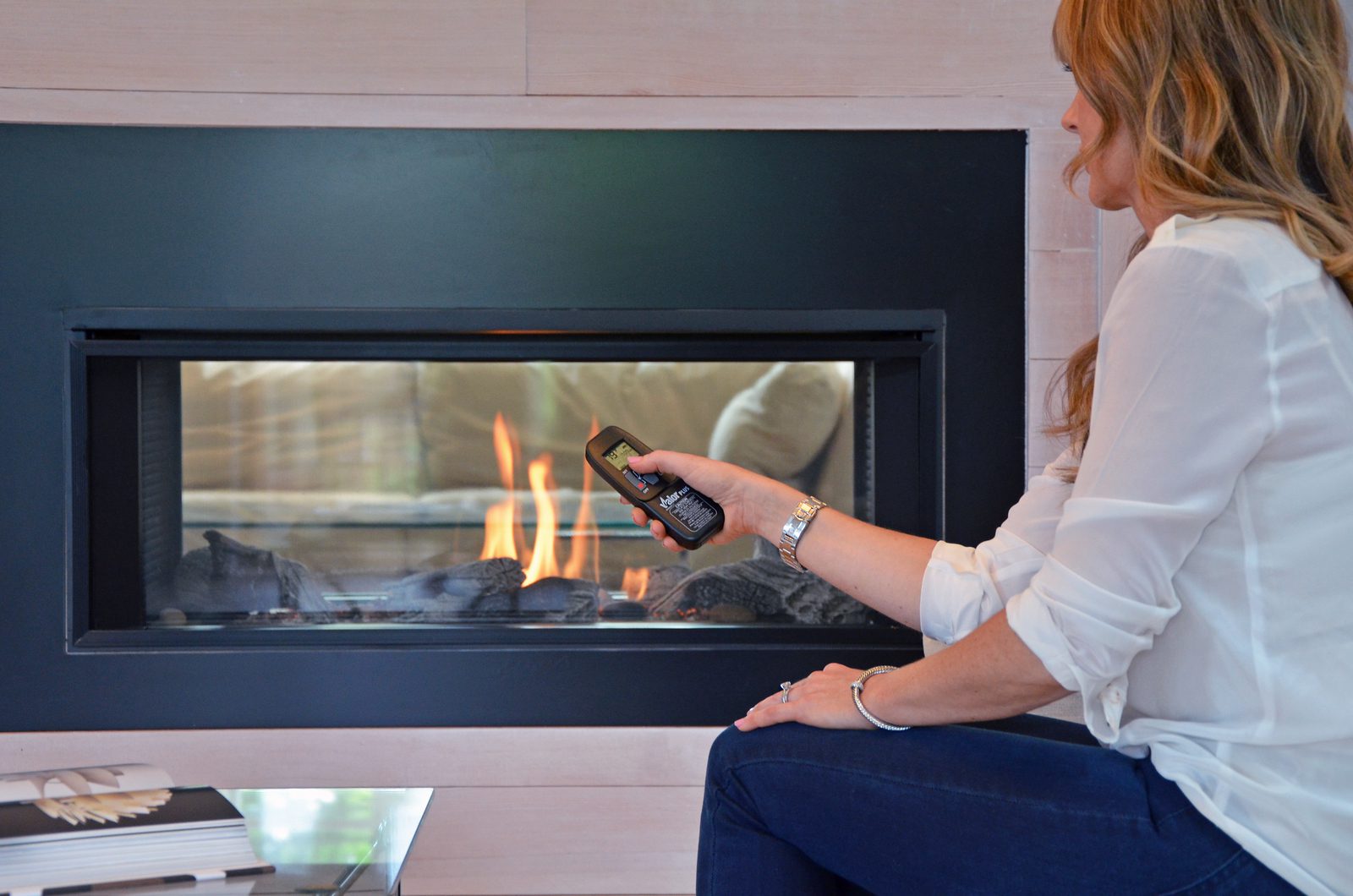
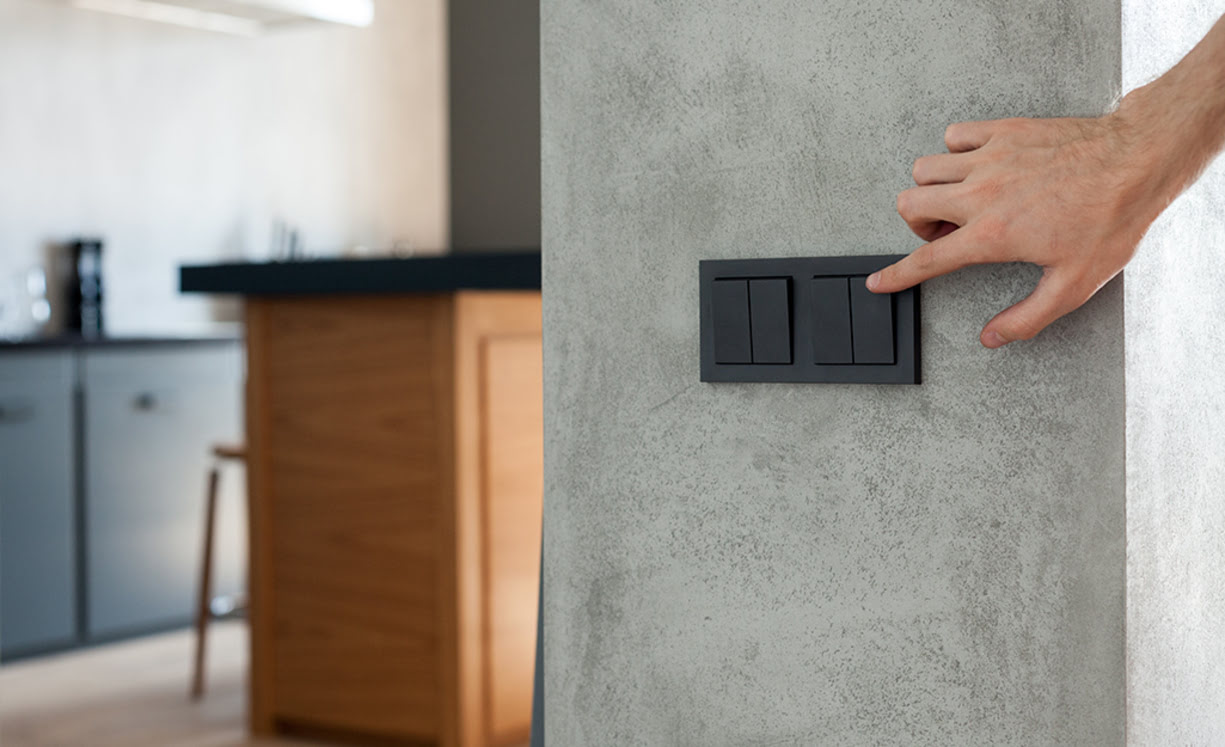
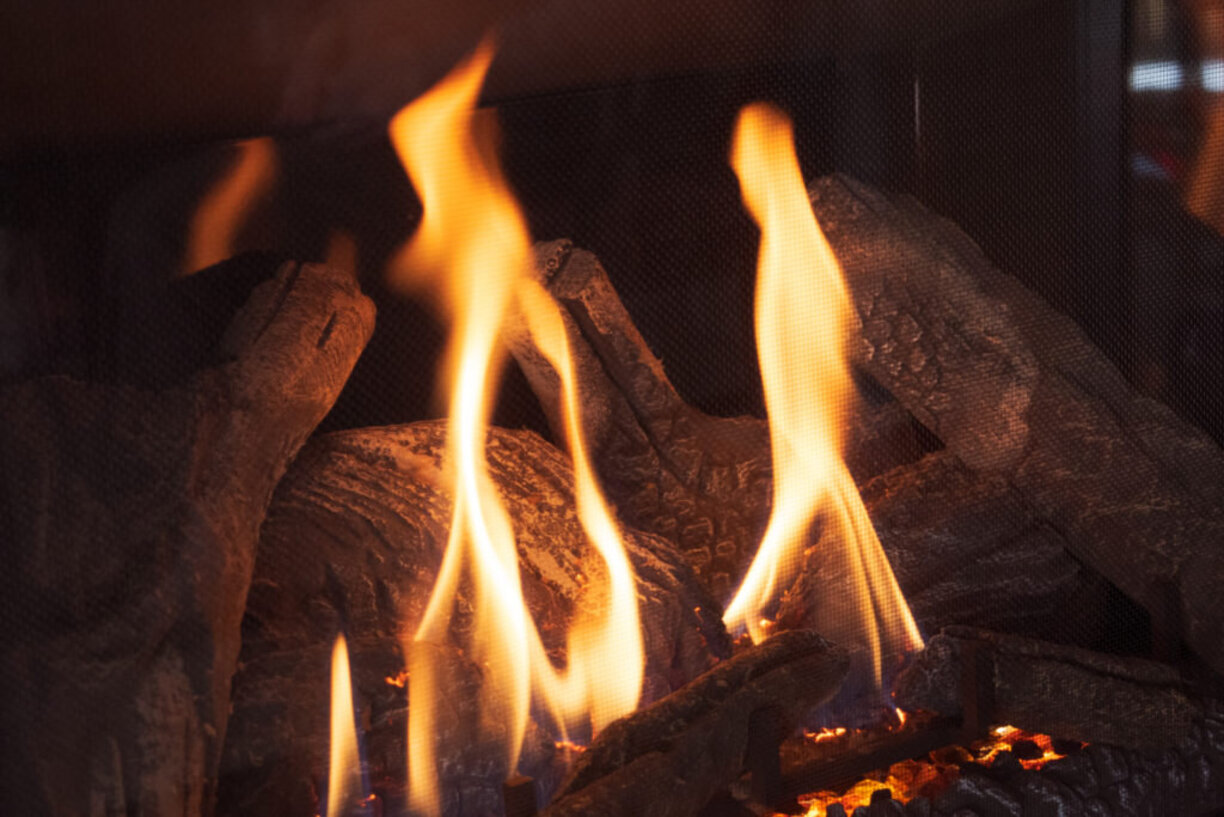
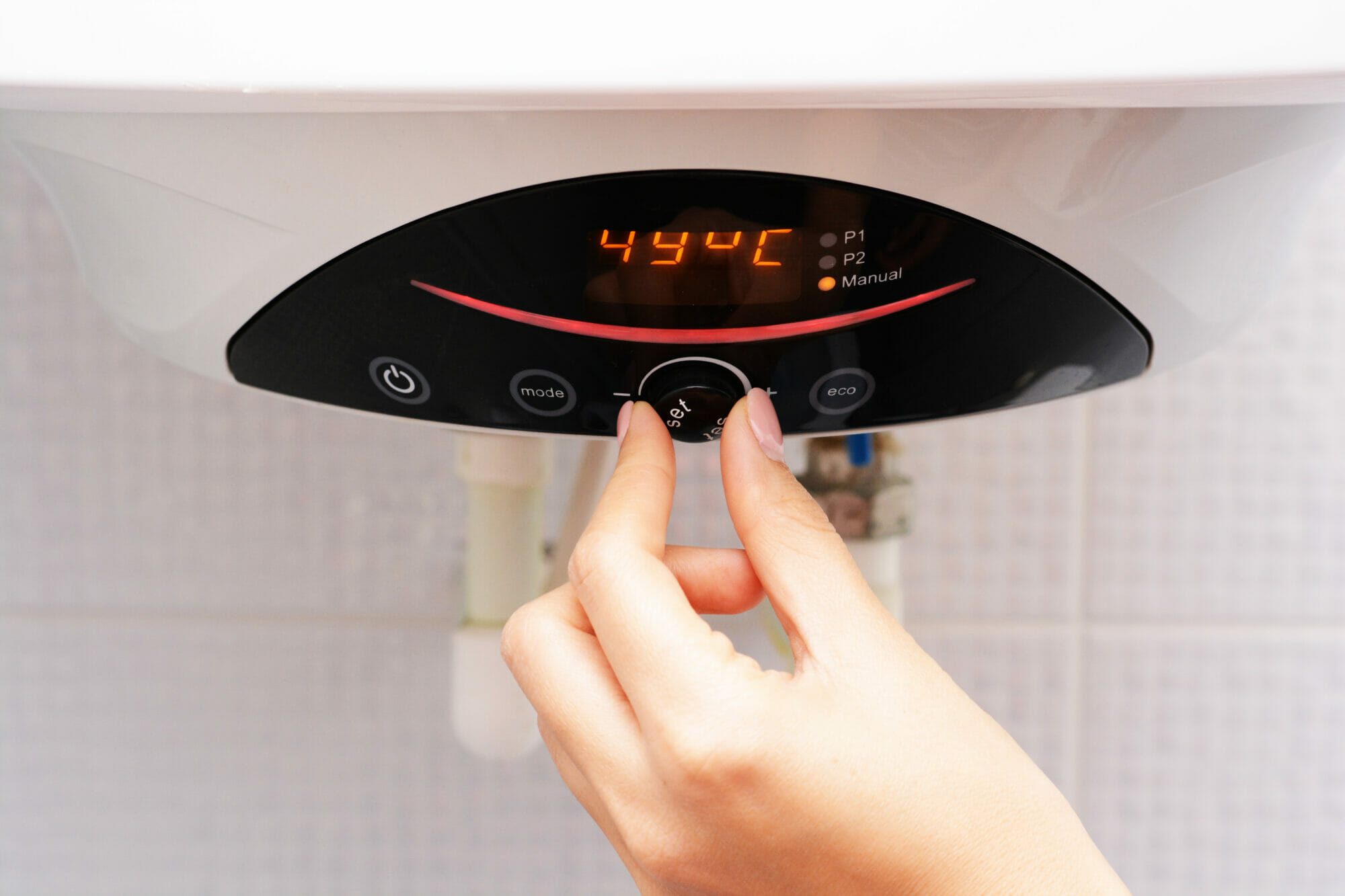
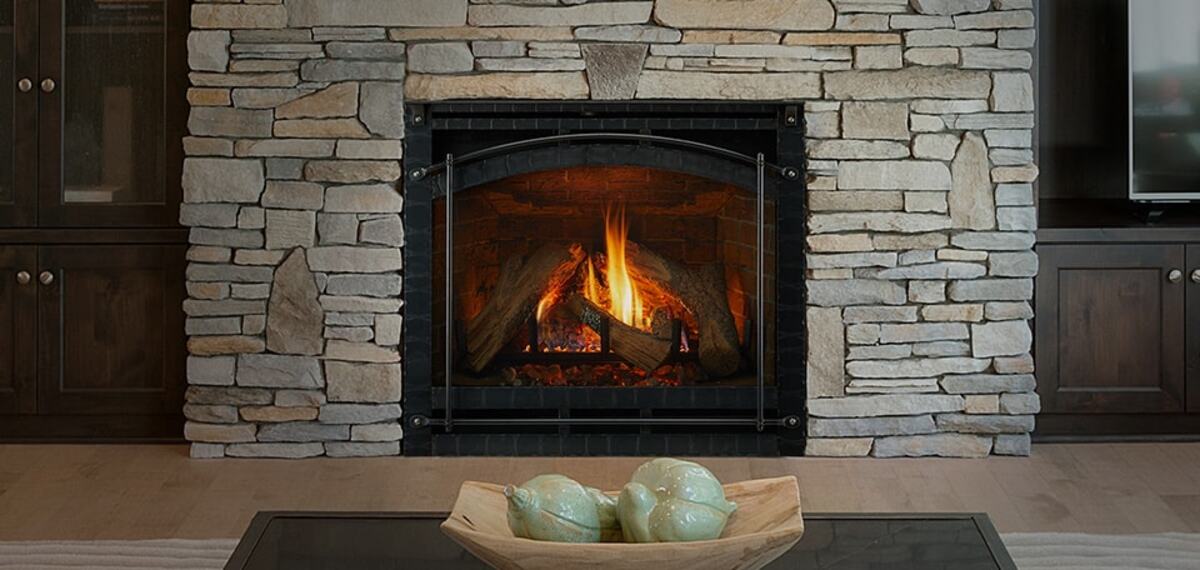

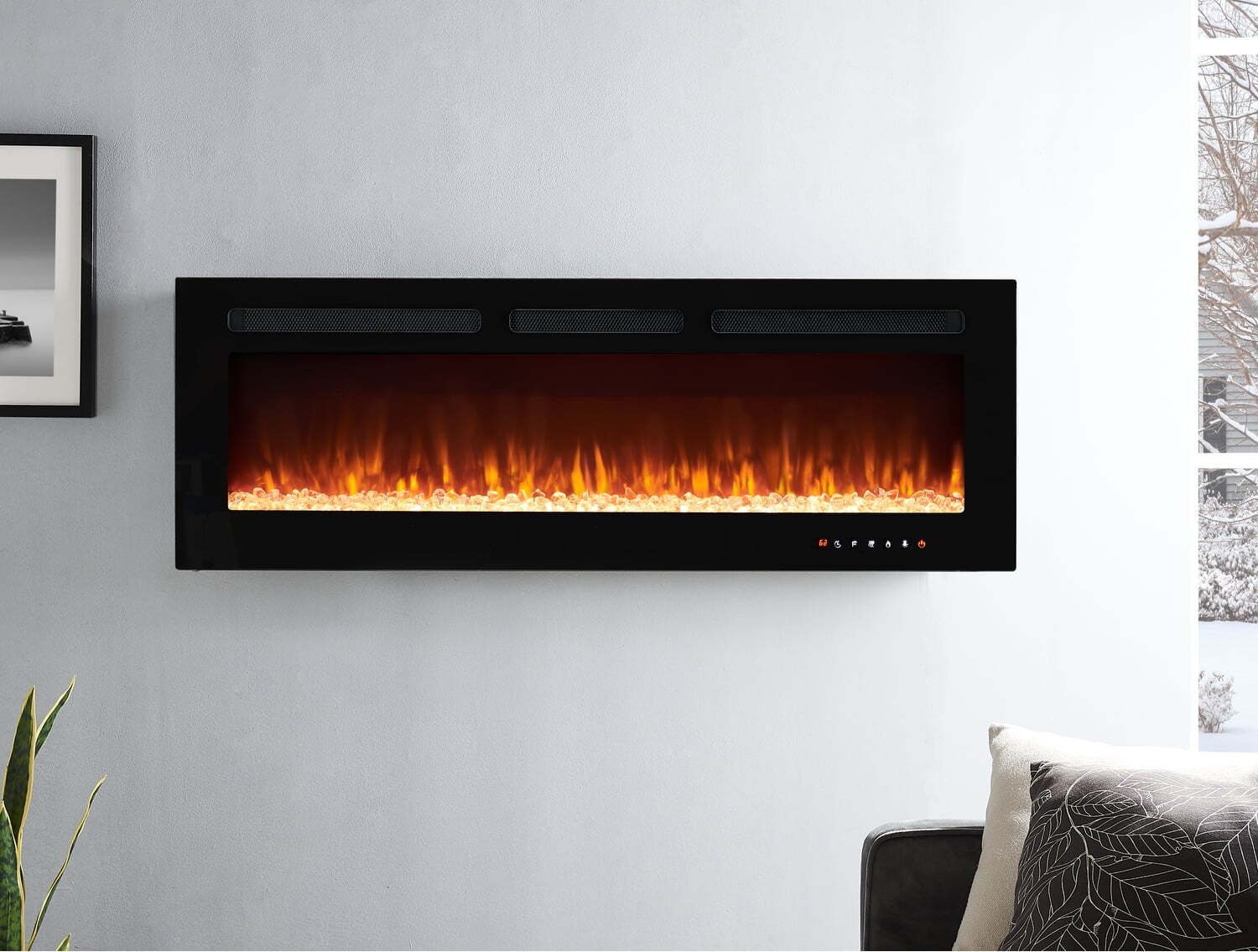
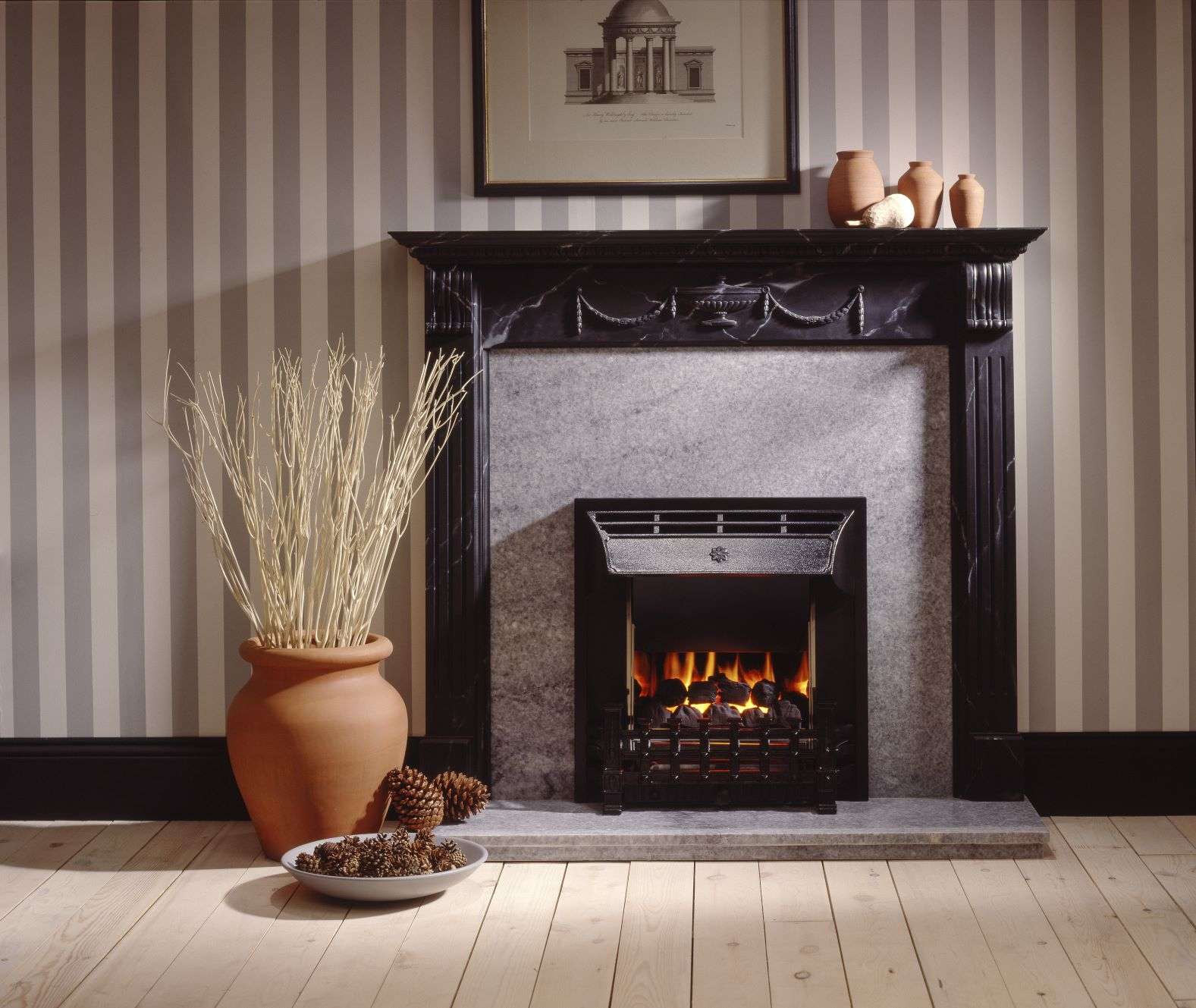

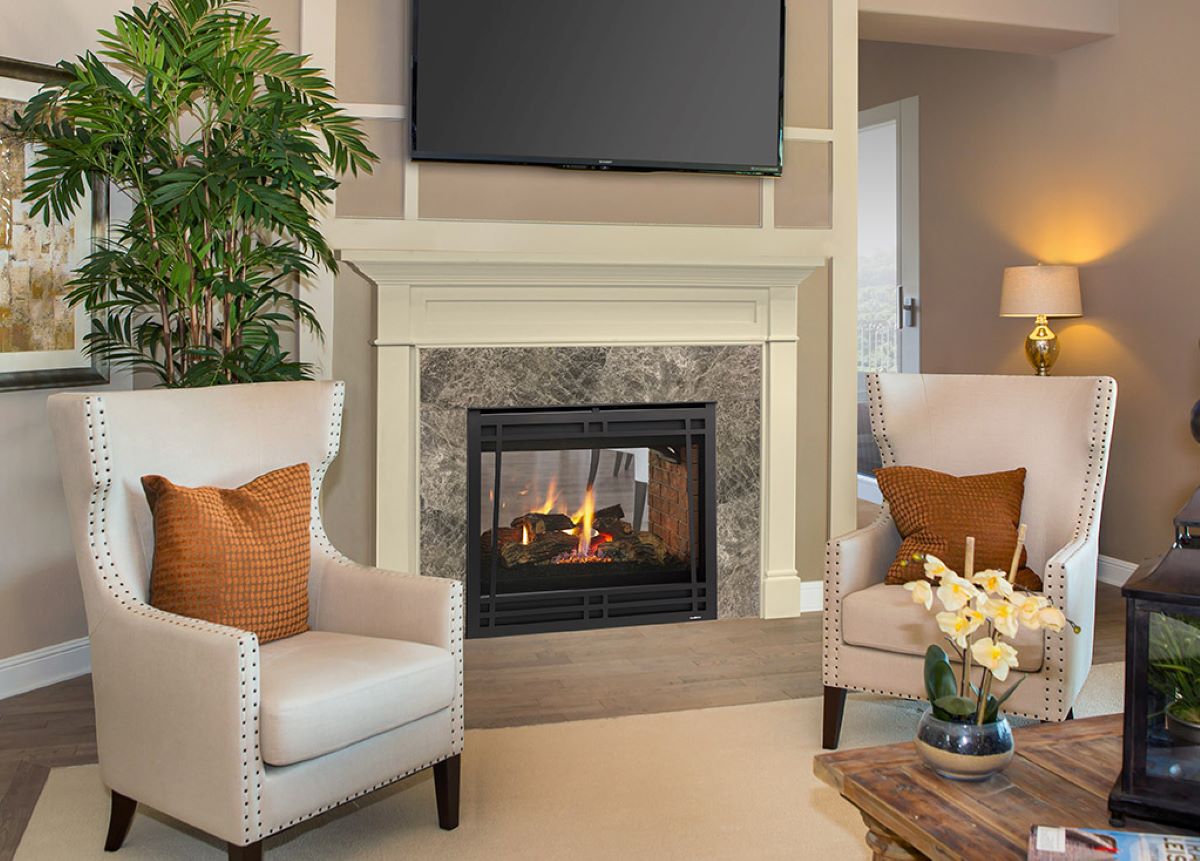

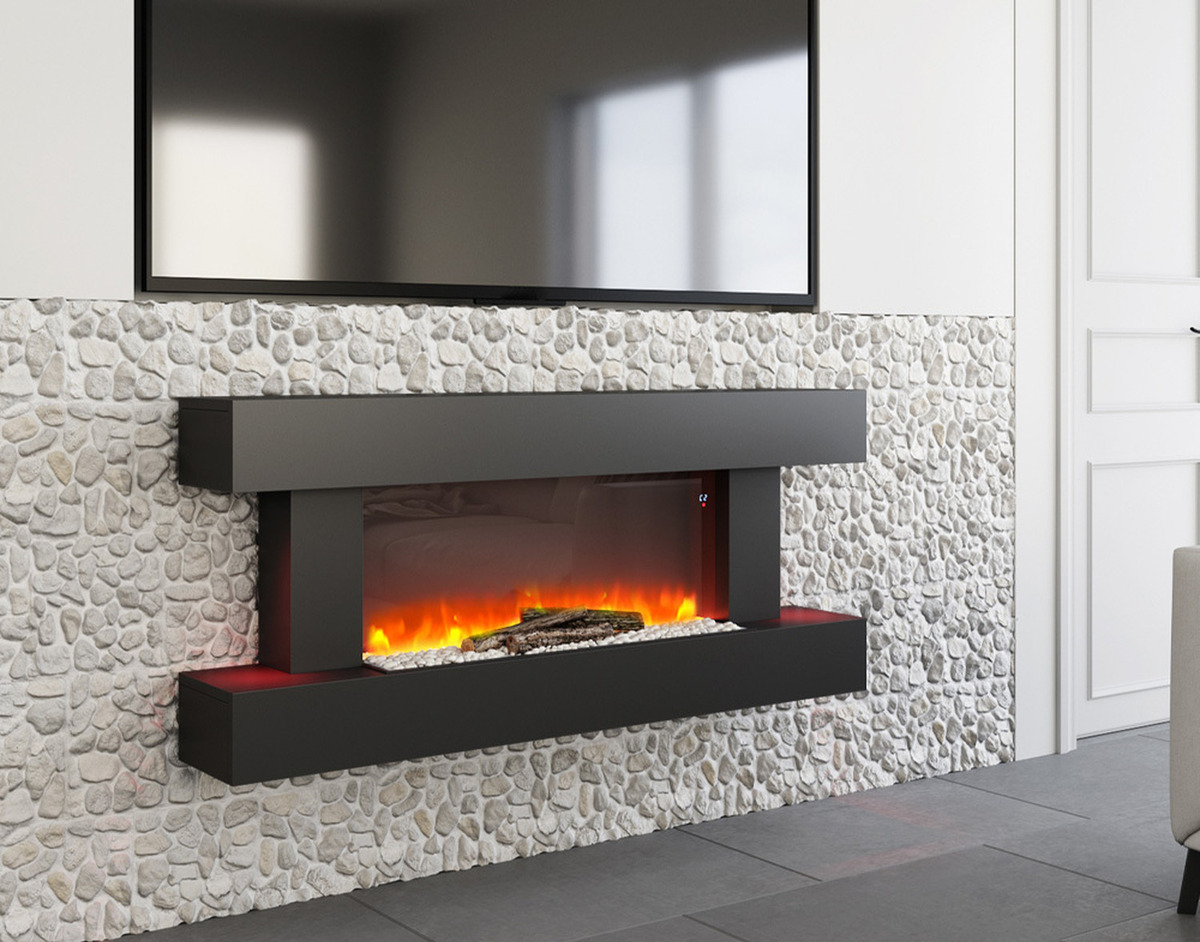



0 thoughts on “How To Turn Off The Gas To Fireplace”